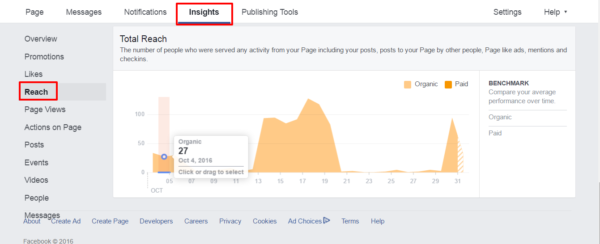Last week I was asked, “How do I know my efforts on social media are working, or am I just spinning my wheels?” Jim, an entrepreneur with a growing business, was trying to determine the ROI on his social media efforts and he was frustrated. He was tracking his analytics on Facebook and Twitter but didn’t really know what to look for or what it all meant to him. Jim and I had a great conversation about the basics of tracking his efforts and we’ve implemented a plan that works for him. Here is what I shared with him.
Conversation rate
 Many entrepreneurs and large brands are proud of the number of followers they have on social media websites such as Twitter and Facebook. Rightfully so, because most of us work very hard to build our following. However, we need to provide a specific and tailored measure that proves that we have gained success.
Many entrepreneurs and large brands are proud of the number of followers they have on social media websites such as Twitter and Facebook. Rightfully so, because most of us work very hard to build our following. However, we need to provide a specific and tailored measure that proves that we have gained success.
Social media, unlike television, will provide you with real-time data that will let you know if your followers are interested in your activities. Take a look at your statistics on each platform you use. There are several different metrics you can measure and this will depend highly on your goals for your social media marketing.
Do you simply want to increase your reach and establish yourself as an expert? Then your goals can be measured in the number of replies or comments on each post.
Is your goal to get click-throughs to your website? Then you need to look at the number of clicks you are getting on each post.
For detailed information on measuring your page conversion rates on Facebook click here. For Twitter analytics, click here.
Referral traffic
This is Google’s method of reporting visits that came to your site from sources outside of its search engine. (Google.com) So, when someone clicks on a hyperlink on another site to get to yours that is called referral traffic. For example, if you post on Facebook and include a link back to your site when someone clicks on that link it is counted as referral traffic.
Your own website acts as a hub where your accounts on various social media platforms direct traffic as well as potential customers. You need to develop a social network marketing mix that includes sites such as LinkedIn, Google Plus, Facebook, and Twitter.
You can use Google Analytics to evaluate which platforms your website traffic is coming from and pinpoint the most valuable ones to your business.
Total reach
In the marketing world, reach is the estimated number of potential customers it is possible to reach through an advertising medium or a promotional campaign.
When it comes to social media marketing, you can think of your reach as the total number of “eyes” that saw your post on their newsfeed. You can check this metric on the Insights page of Facebook.

Estimating your own total network has a very significant role as it will assist you in determining whether you added value within the social media world or not. At the most primary level, the bigger reach would be important to lift the probable content spread.
Amplification Rate
One of the main benefits of social media in promoting your products or services is the secondary network. For example, if you post a status update about “why entrepreneurs should embrace content marketing” and your colleague, Lynn, shares it, you are tapping into Lynn’s audience as well as your own.
The amplification rate would be the rate where your followers share the content you post with their own followers. This is an essential metric for measuring the success of your social media marketing efforts. By tracking this number you can tweak your social media marketing plan and improve it.
This is the first part of my conversation with Jim. In my next post, I will discuss the final 4 metrics you can use to track the ROI of your social media efforts.

